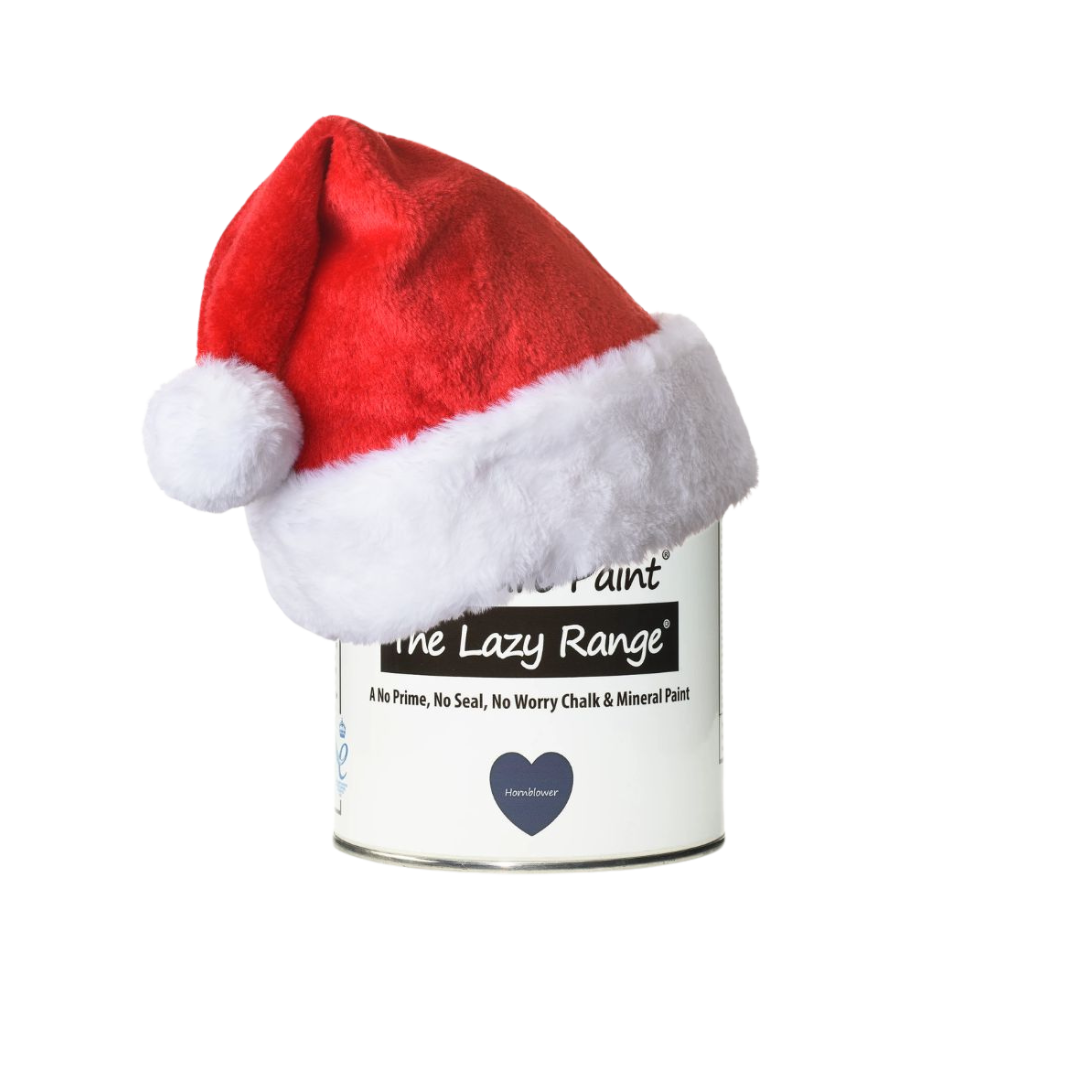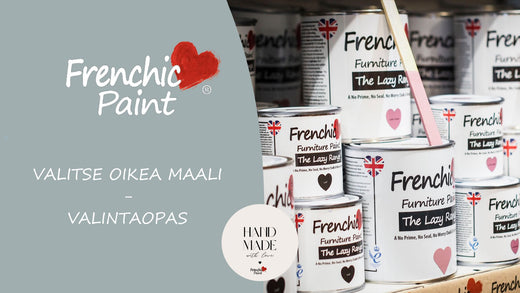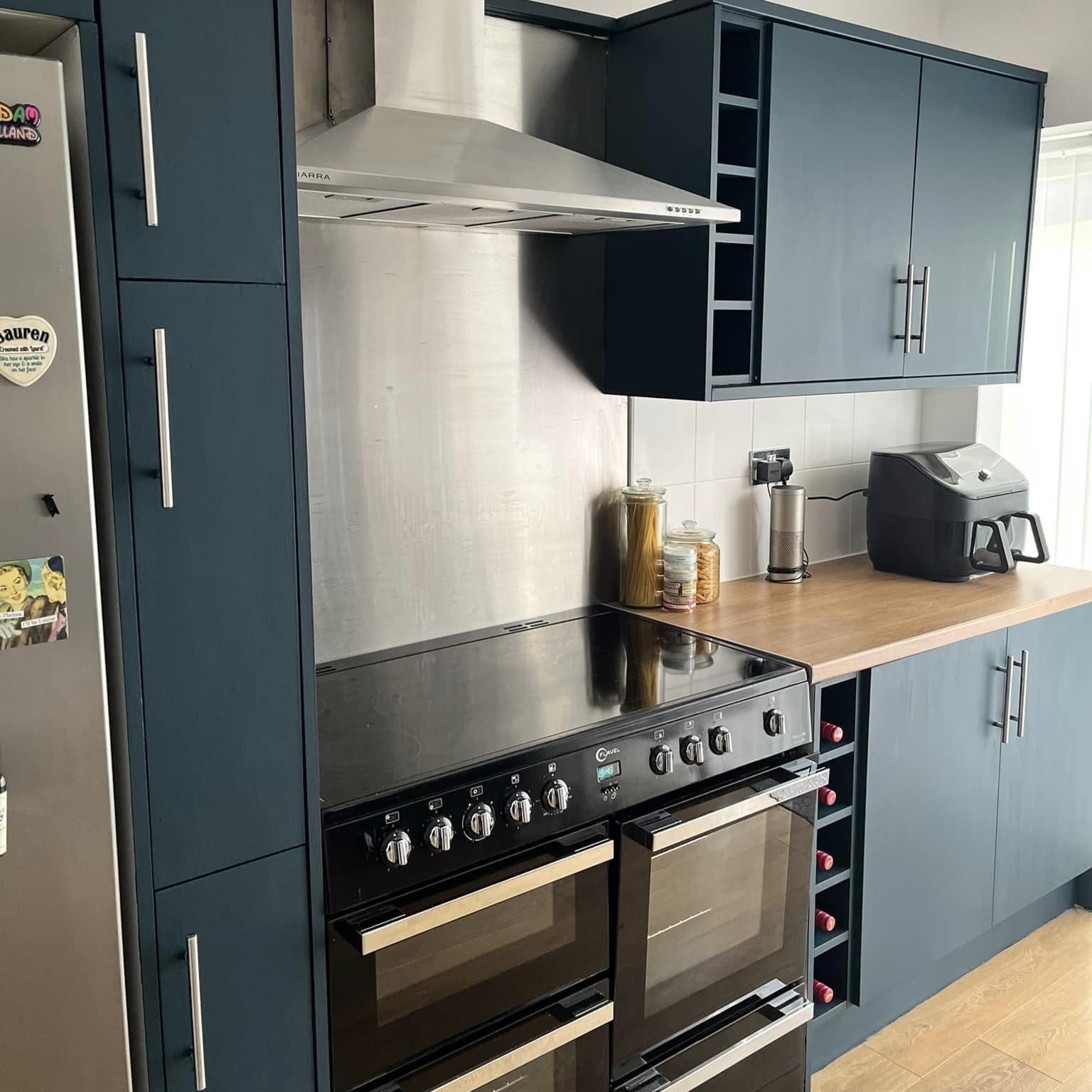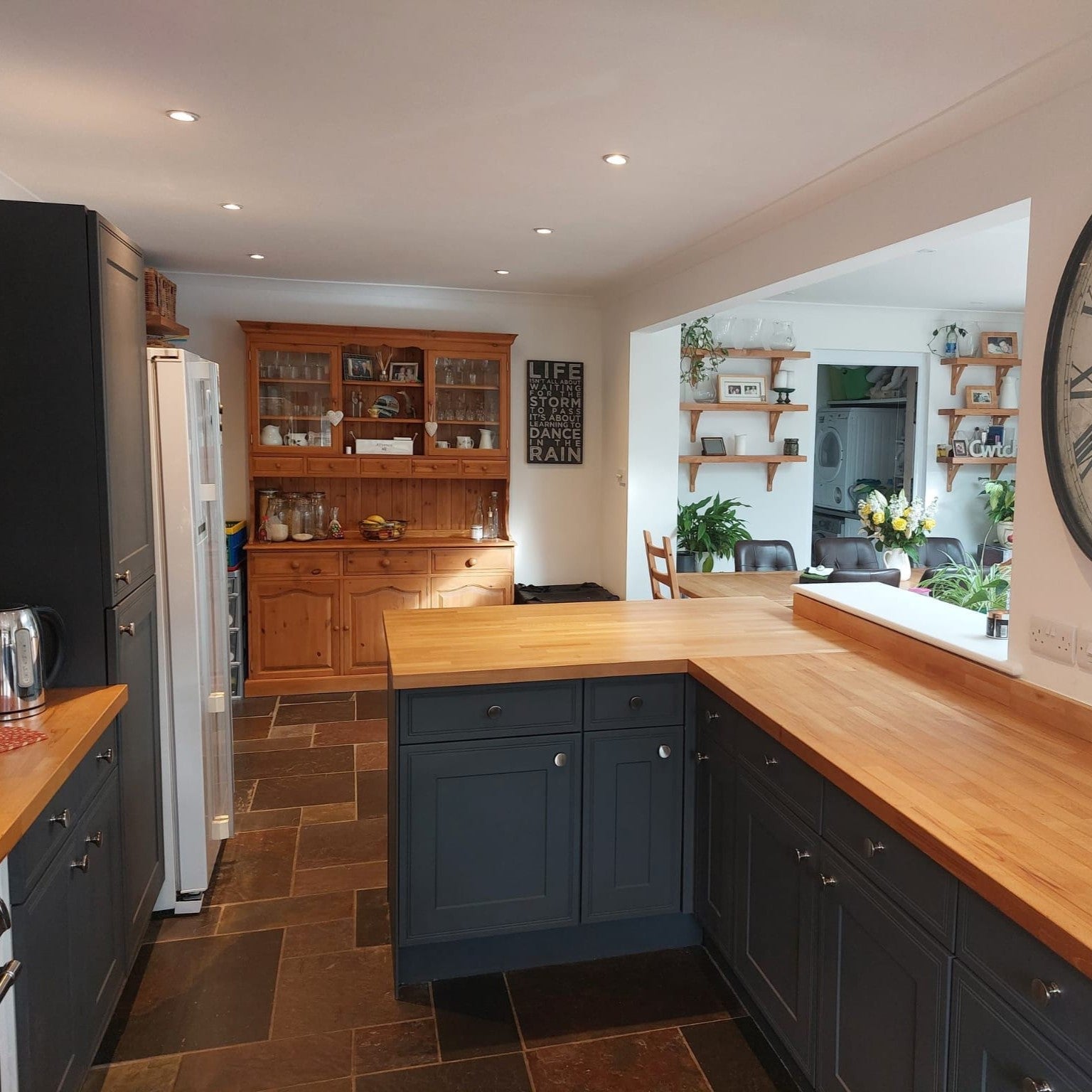8 handy tips for painting outdoors
Outdoor painting projects, such as painting garden furniture or doors and windows, are very rewarding.
To ensure a successful outcome, it is important to consider a few things, as outdoor surfaces are exposed to weather conditions.

Here are 8 useful tips to help you paint easily and achieve a professional result.
1. Check the weather forecast before painting
Always check the weather forecast before starting outdoor painting. During the drying and curing of the paint, humidity and temperature significantly affect the final result. The first 48 hours are the most critical.
Avoid painting if rain is forecast or if the temperature drops below +10°C within the next two days. Also, too hot (over 32°C) or very humid weather late summer (over 80% humidity) makes it difficult for the paint to dry and affects the final result.
2. Let the surfaces dry properly
Even if the weather looks sunny, make sure the surfaces are completely dry after previous rain or early spring after the snow has melted, from outdoor furniture. Porous materials like wood, stone, and terracotta absorb moisture and require a longer drying time. Let the surfaces dry for at least 24 hours, longer if necessary.
3. Avoid direct sunlight when painting
Do not paint in direct sunlight, as it causes the surface to heat up and the paint to dry too quickly. This makes it difficult to achieve an even surface. Also keep the paint can in the shade and protect the paint can with a lid from pollen and other outdoor debris.
4. Assess the condition of the surface to be painted
Make sure the surface to be painted is in good condition before painting. A surface in too poor condition can allow moisture under the paint, leading to peeling and damage.
Check the following:
-
Remove mold, moss, and algae – clean the surfaces thoroughly. Use warm water and Sugar Soap degreasing detergent.
-
Tighten screws, repair cracks and other damages.
-
Remove loose old paint and varnish.
-
Fill damages, scratches, and holes with an exterior-grade filler if desired.
-
Light sanding improves paint adhesion.
5. Do not paint door and window seals
When painting doors and windows, avoid painting silicone and rubber seals. Painted seals crack easily over time and spoil both the appearance and functionality.
6. Choose the right exterior paint
Always use paint specifically designed for outdoor use, weather-resistant and UV-protected. Interior paints do not withstand outdoor conditions and will chip and fade quickly. Frenchic's Al Fresco paint range is an excellent choice for outdoor painting.
7. Ensure you have enough paint
Exterior surfaces are often porous and absorb a lot of paint. Check the paint can for how many coats are recommended and how large an area the paint covers. If you have plenty of paint left over, apply thicker layers to ensure a durable finish. Al Fresco paint comes in two sizes: 750ml and 250ml. Coverage and technical details can be found for each shade.
8. Always use protective covers and protective clothing
Although painting outdoors may feel carefree, always use protective covers to prevent splashes. Exterior paints are durable and do not easily come off surfaces. Wear protective clothing and gloves during painting tasks and read more about protection here.
If you need extra inspiration and tips for outdoor painting, explore the Frenchic Al Fresco range and our comprehensive guides on the most popular projects.










